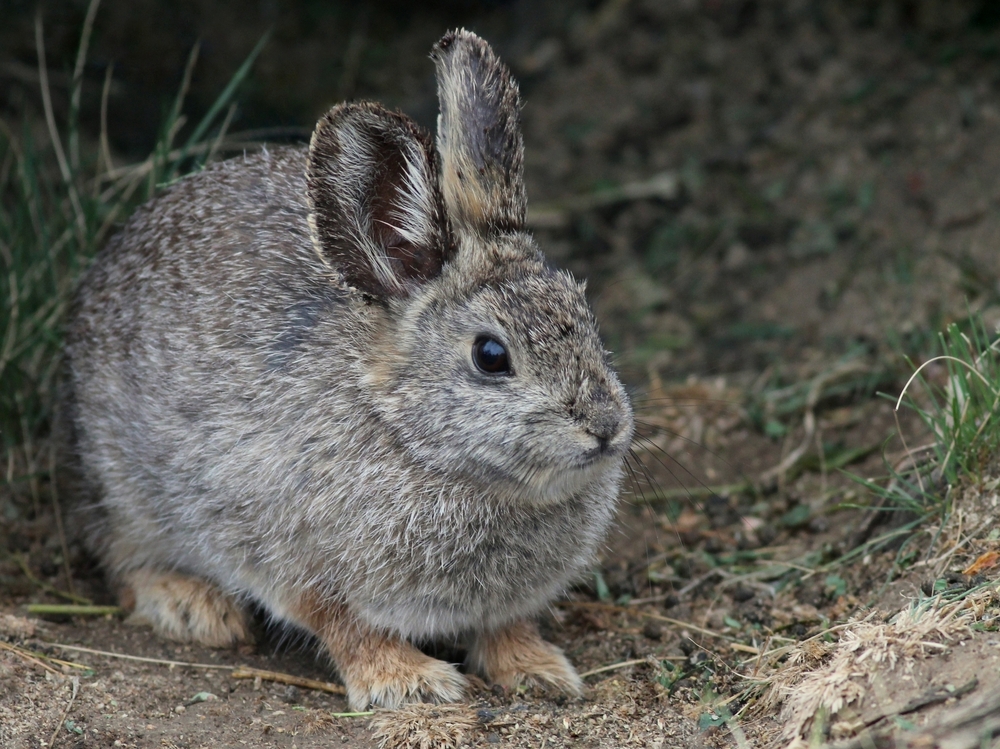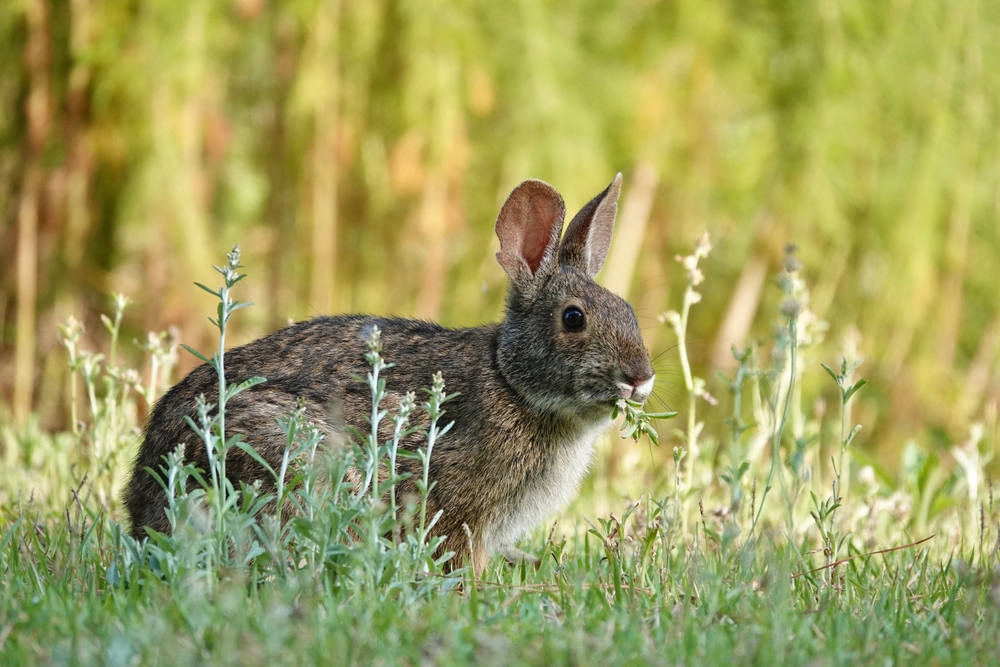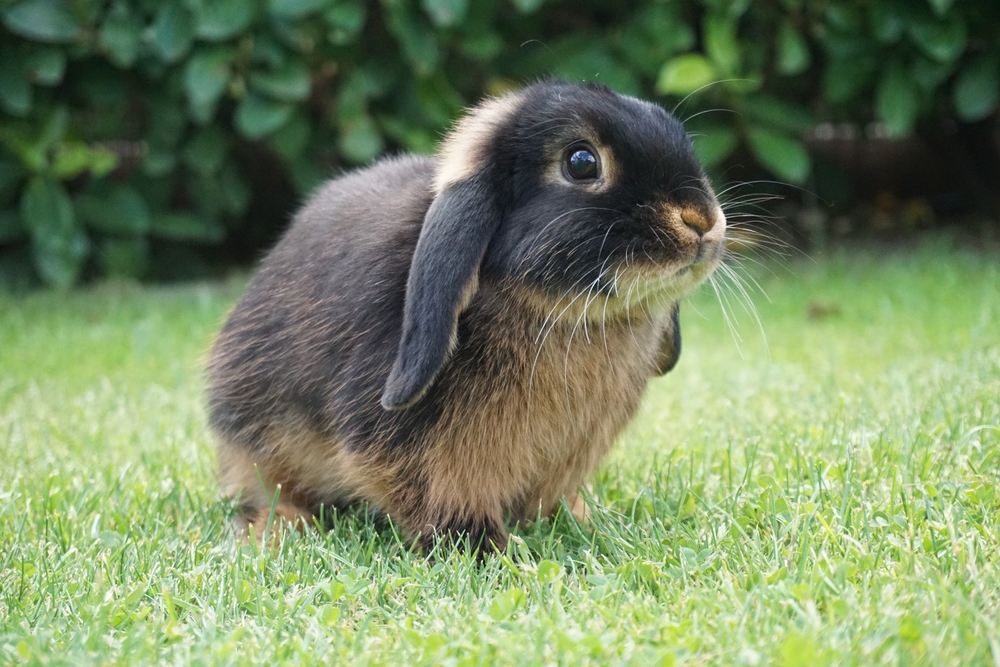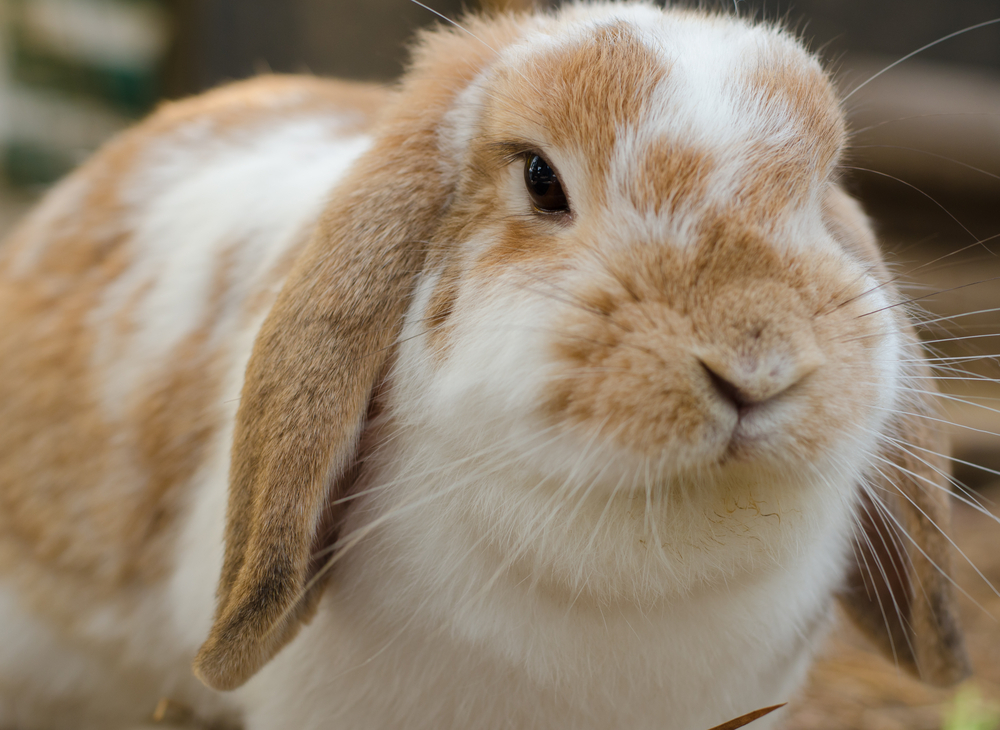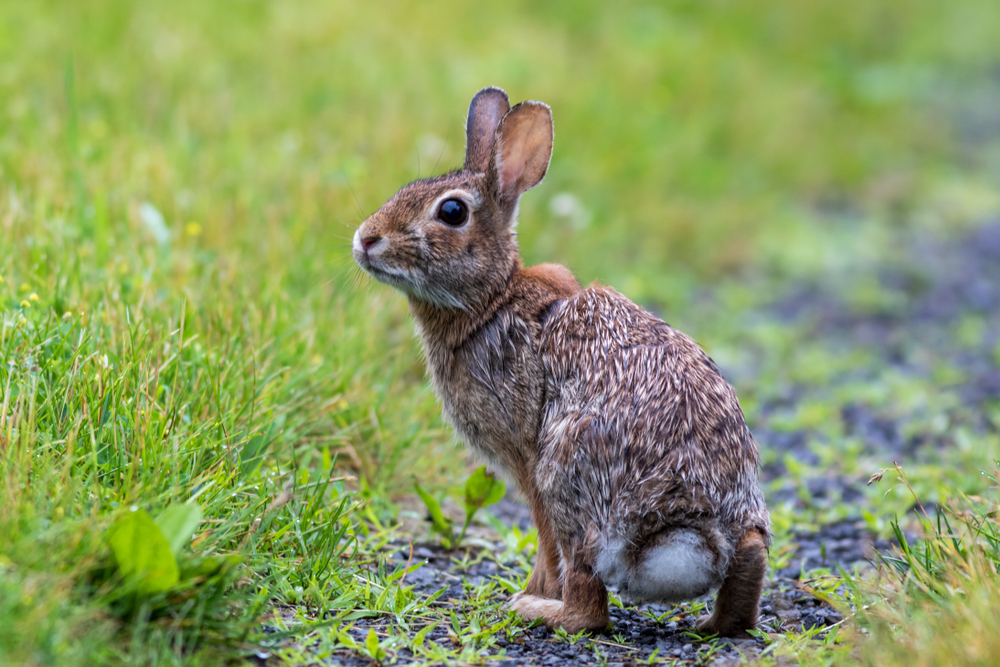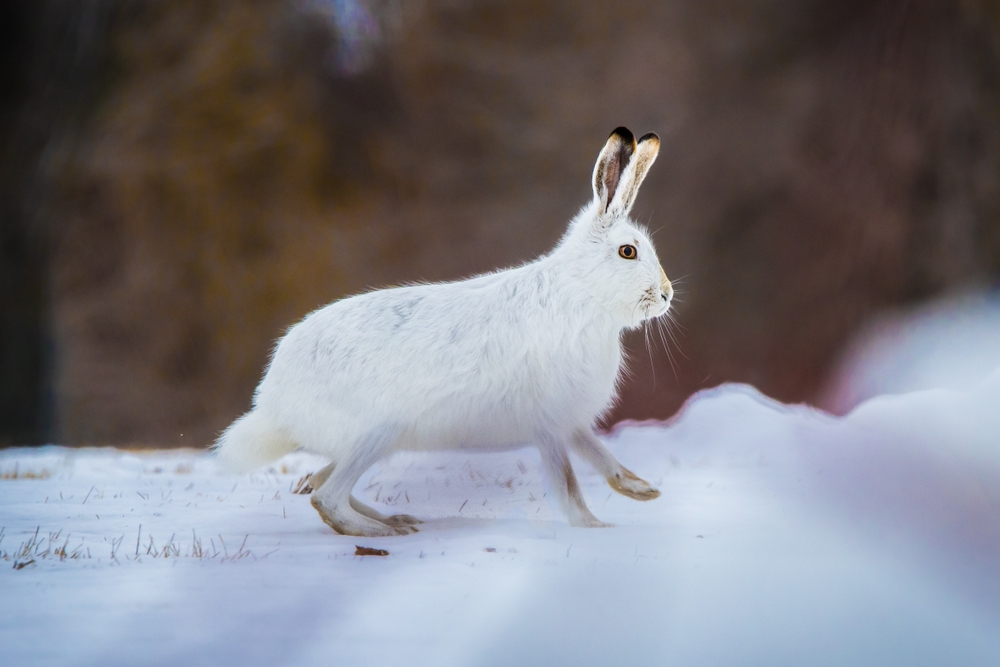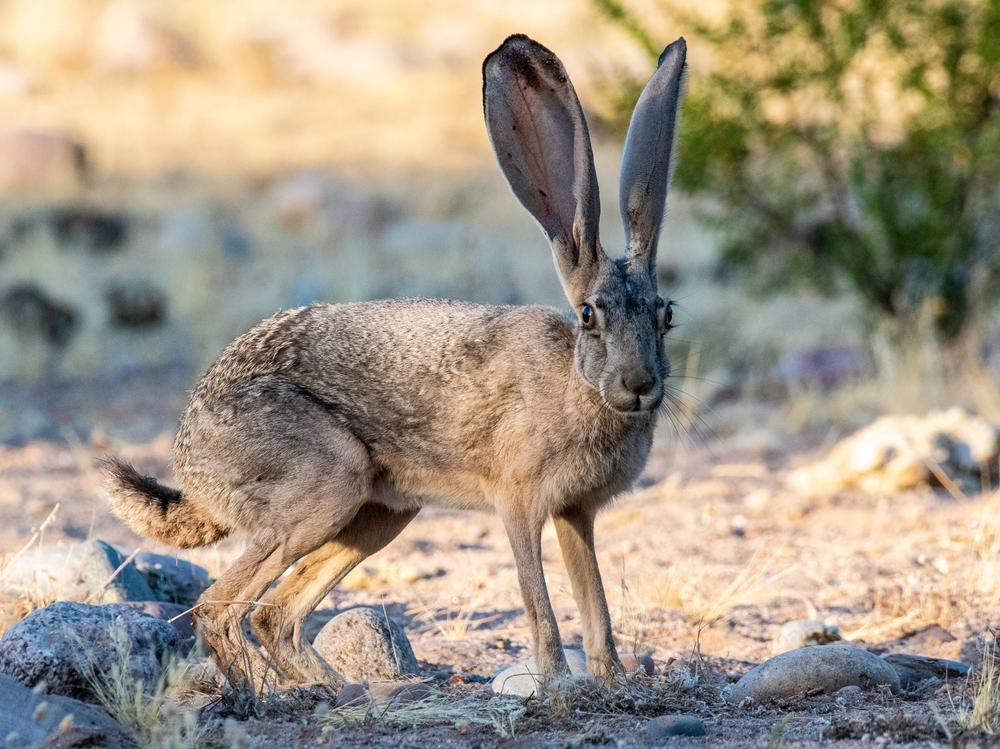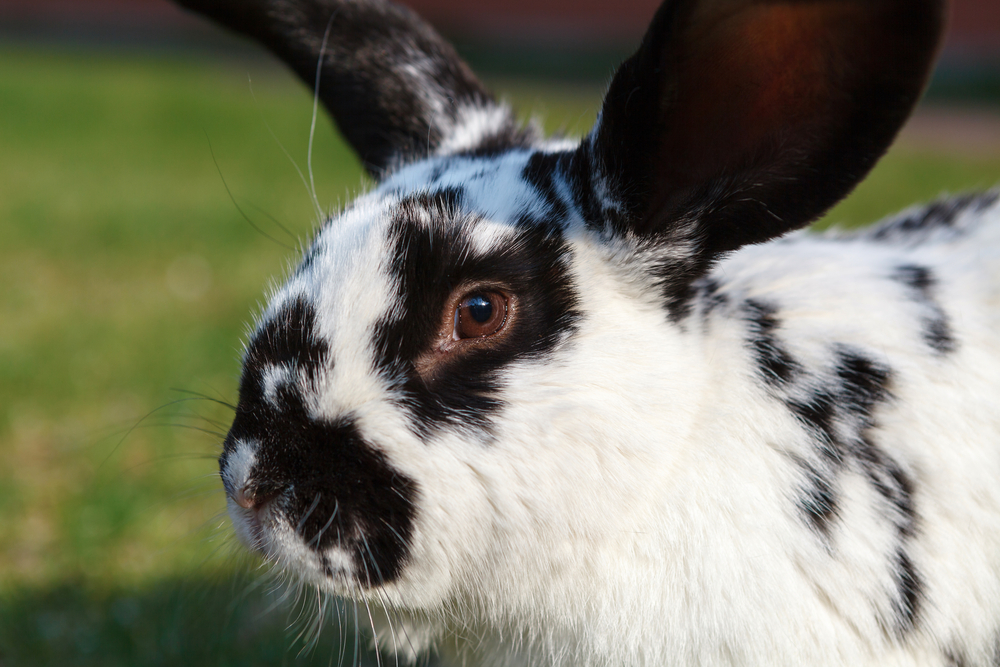The Pygmy Rabbit (Brachylagus idahoensis) is the smallest rabbit species in North America and is known for its compact size, cryptic coloration, and specialized habitat needs. Its physical traits are finely adapted for survival in dense sagebrush environments. Below is a breakdown following the AK Physical Characteristics format:
Fur and Coloration:
-
Color: Grayish-brown to slate-gray overall, with lighter underparts and a buffy cinnamon tinge on the legs and flanks
-
Texture: Soft, dense fur that provides insulation and effective camouflage in arid, shrubby landscapes
-
Seasonal Variation: Minimal; coat may be slightly lighter in winter but does not undergo the dramatic changes seen in hares
Face and Head:
-
Head: Rounded with a short, compact muzzle
-
Eyes: Dark, round, and alert—well-adapted for low-light environments
-
Ears: Short and rounded, about 1.4 to 2 in (3.6 to 5.1 cm) long, smaller in proportion compared to other rabbits, helping minimize heat loss and aiding in concealment
Body and Limbs:
-
Body: Compact and cylindrical, allowing the rabbit to move efficiently through dense sagebrush
-
Legs: Short and strong, particularly suited for short bursts of speed and navigating complex shrub habitats
-
Feet: Covered in dense fur for added insulation and traction on sandy or snowy ground
Tail:
-
Very short and almost inconspicuous, lacking the typical bright white underside seen in most cottontails
Size and Weight:
-
Body Length: 9.3 to 11.6 in (23.6 to 29.5 cm)
-
Ear Length: 1.4 to 2 in (3.6 to 5.1 cm)
-
Weight: 0.8 to 1.1 lbs (0.4 to 0.5 kg)
-
Hind Foot Length: Approximately 2.4 to 2.8 in (6 to 7 cm)
The Pygmy Rabbit’s small size, subdued coloration, and short appendages are key adaptations for conserving heat, avoiding detection, and thriving in the dense sagebrush ecosystems of the western United States. Its uniquely diminutive stature sets it apart from all other wild rabbits in North America.



































































